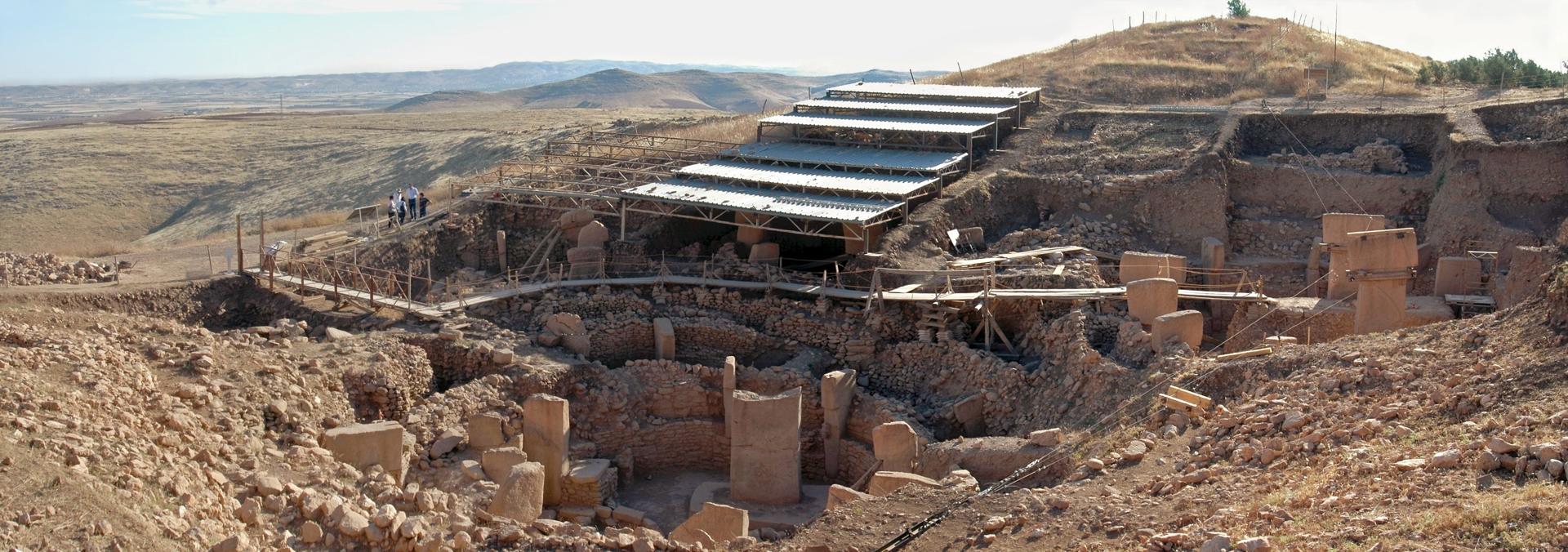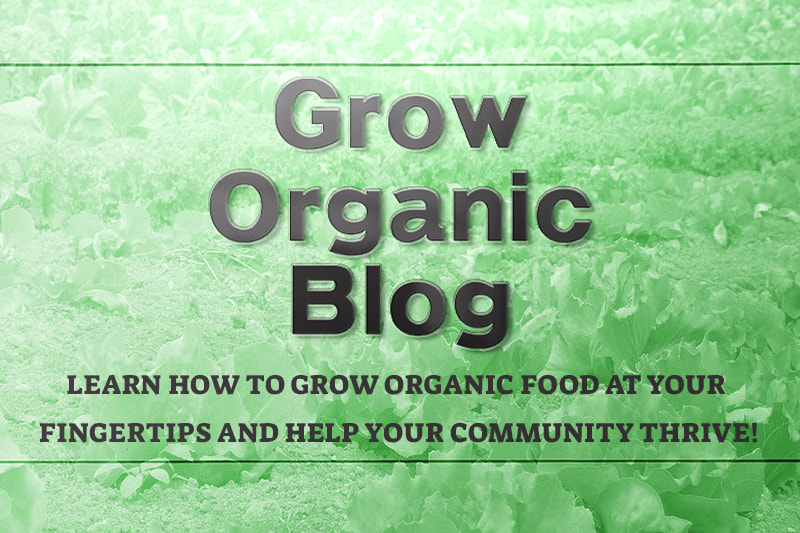|
Have you ever considered where the center of the world is? The ancient Greeks had no doubts because, for them, the center of the world was Apollo's Sanctuary in Delphi. There was located a special stone called omphalos - navel of the world. According to myth, Zeus released two eagles to fly from different directions, from east and west, and they met at the site of Delphi. Thus, Zeus decided that Delphi is the center of the world and omphalos was set on the exact spot where eagles met.
0 Comments
The Disciplina Etrusca is a generical name for religious knowledge of the Etruscans. They had many different religious texts collected into books but unfortunately, we have only fragments today. However, these fragments reveal much about the Etruscans, their religion and the understanding of the world. The Etruscans considered their religion as “revealed” and respected their prophets as Tages and Vegoia. Unlike many other religions, their revelation was not about the existence of one or many gods and these texts are not about theology nor mythology. The Disciplina Etrusca is knowledge of rites and techniques one must perform in order to enter into divine space.
Shaped like a pinecone and located deep in the center of the brain at eye level, the Pineal Gland is acknowledged by science as a small gland belonging to the endocrine system whose primary function is hormone secretion.
Responsible for the production of melatonin, a hormone which influences the quality of our wake/sleep cycles our and daily and seasonal circadian rhythms (our body clock), this small gland determines how we deal with stress, depression/mood and effects our energy levels regarding physical activity. Although Göbekli Tepe was discovered back in the 1960’s its significance was not recognized until 1990’s. There is no doubt that this is one of the most mysterious archaeological sites in the world which confuses archaeologists since then. It is located in Southeastern Anatolia, Turkey, 12 miles from Urfa (known as Edessa in ancient times). The first assumption was that it was just a Medieval graveyard without any potential for research. However, everything changed when German archaeologist Klaus Schmidt rediscovered it in 1994.
A Cappadocian resident decided to renovate his house. On that occasion, he demolished the wall of his cellar and discovered a passage that led to a huge underground city called Derinkuyu named after the district in the Nevşehir Province, Turkey. Each year, since the discovery of the underground city in 1963, new fascinating facts and new, unknown passages have been discovered. It is believed that building of this miraculous city of Derinkuyu started sometime between 8th and 7th century BC. The people who are said to be the builder of this city are Phrygians, an Indo-European nation. During the reign of the Persian Empire, the city was used for refugees, and later as shelter from war and heat, as well as from cold winter weather.
Finding a grave of a warrior with sacrificial gifts is always a great archaeological discovery but finding the grave of a warrior wolf is an amazing discovery. Today's Mexico City is built over the ruins of Tenochtitlán, the former capital of the Aztec Empire, and for forty years there have been exploring and excavating in the city’s core. During 2017, archaeologists have come to one of the most valuable discoveries so far. Near the steps of the former Aztec temple, Templo Mayor, in the middle-sized stone box, the remains of a young wolf with many sacrificial offerings were found. Among the offerings, there are a large number of gold items of exceptional value, such as ears and nose ornaments, but also a part of the warrior armor. Besides golden body decorations and parts of warfare equipment, one of the offerings was also a belt made of shells from the Atlantic Ocean. Wolf’s face faced toward the west, and this position of the body was connected to Huitzilopochtli, the Aztec god of war and the solar deity. The wolf is depicted as a follower of the sun, as the sunset and death are often associated, and parts of the warrior equipment on the wolf point to gifts dedicated to the warrior deity. It is no coincidence that the wolf was sacrificed because the Aztecs believed that wolves help fallen warriors to pass a dangerous river in the underworld.
|
AuthorPhoenix Voyagers Archives
January 2023
Categories |
|









 RSS Feed
RSS Feed




